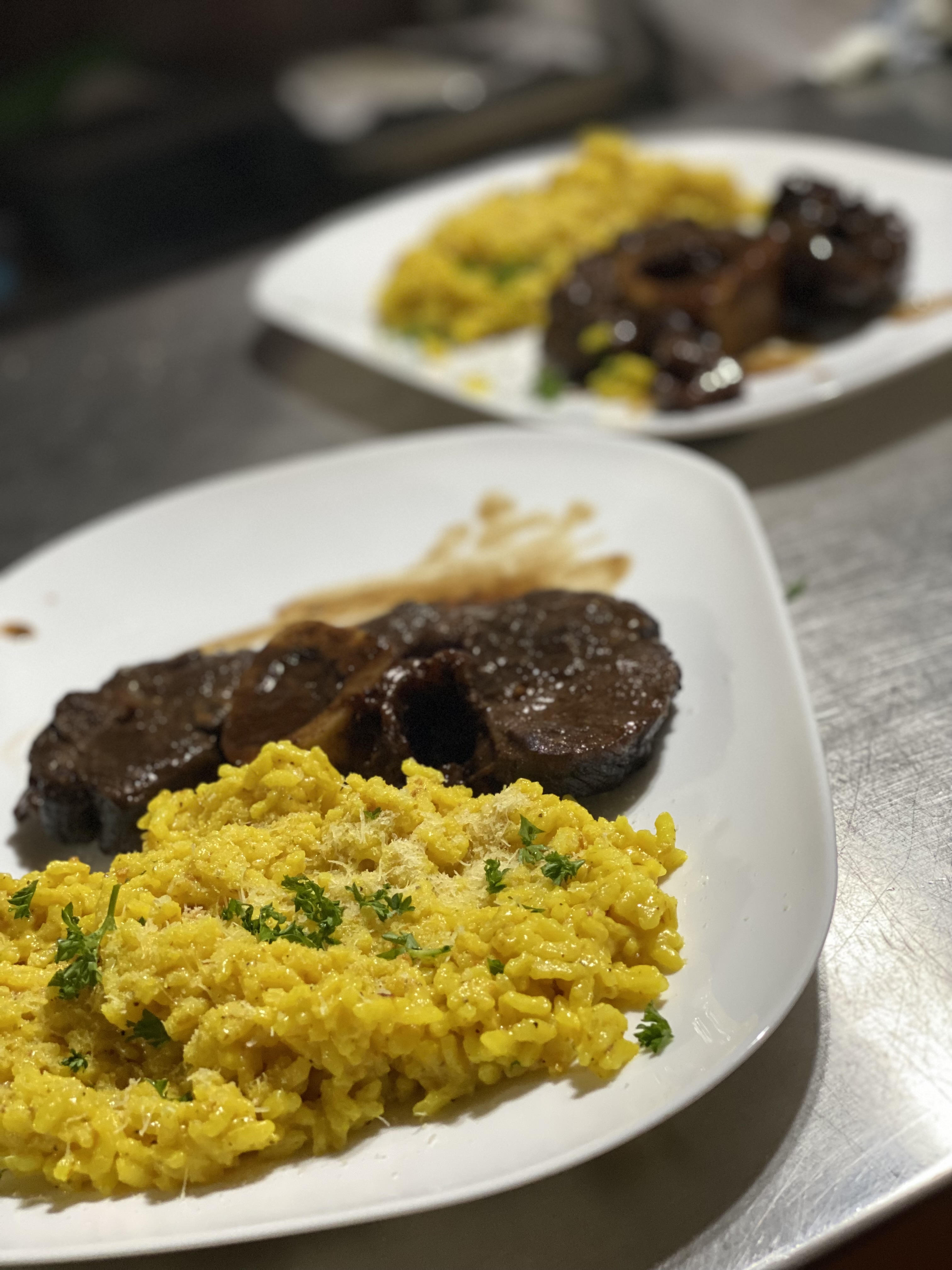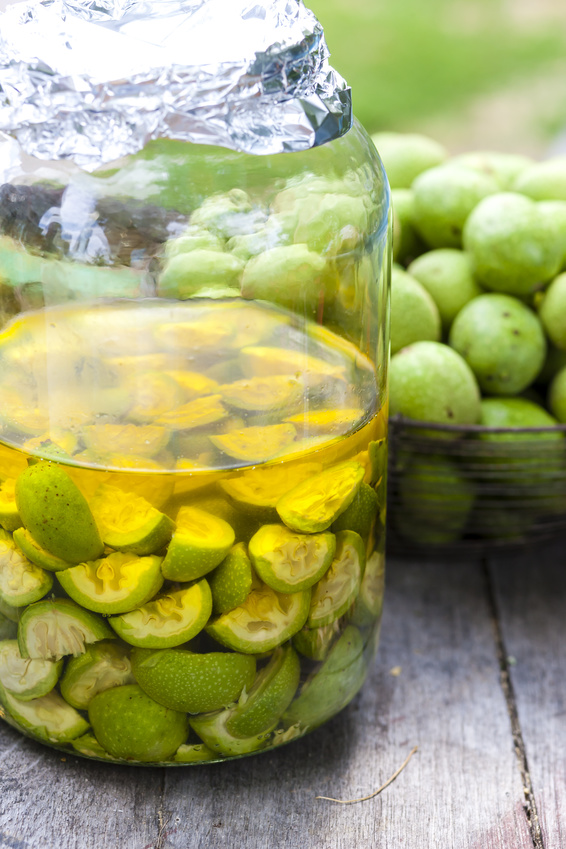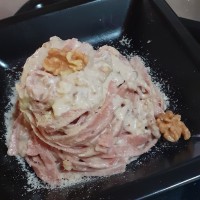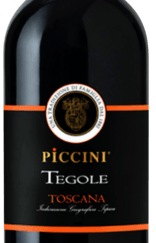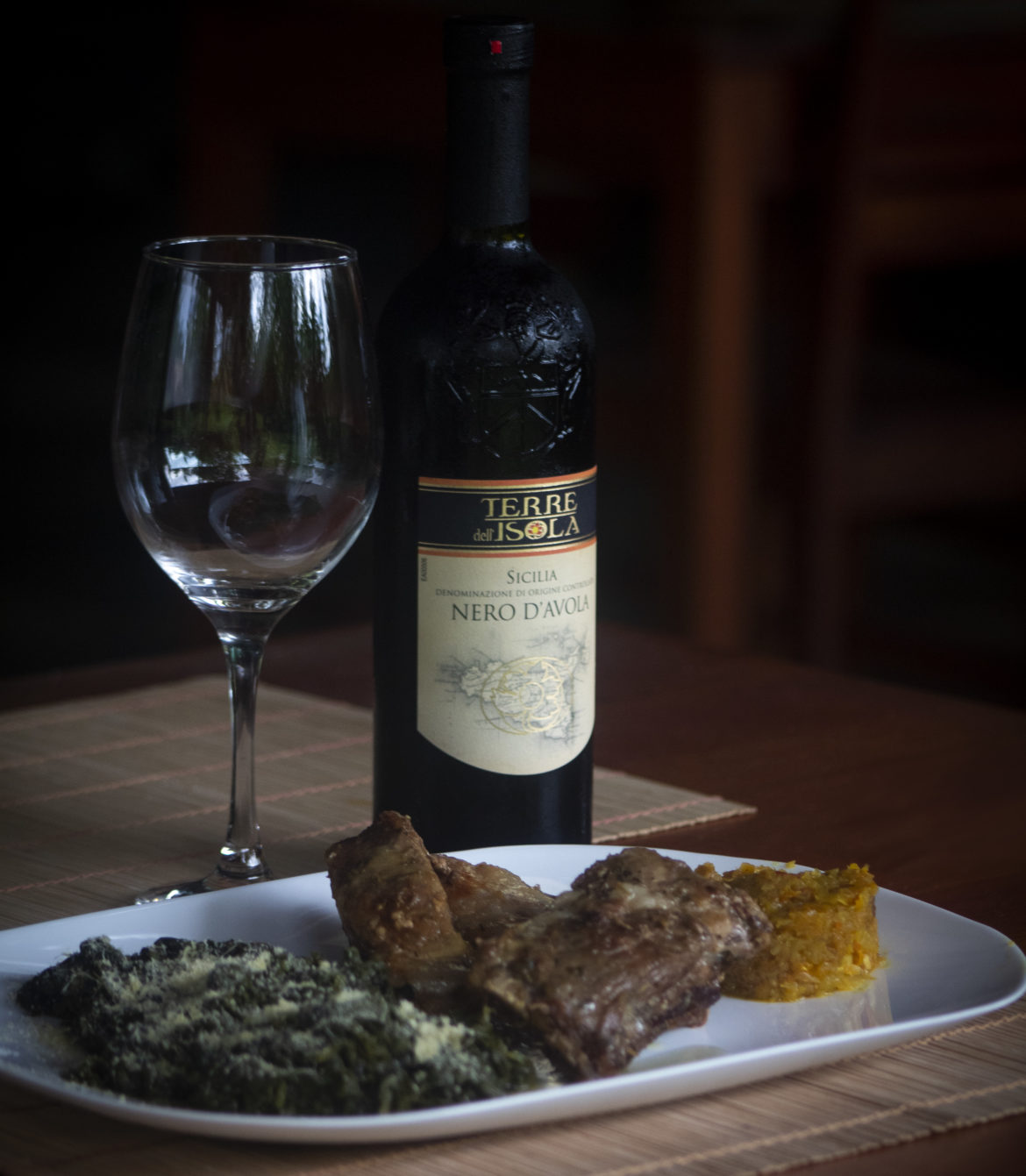You know that moment when you bite into perfectly cooked spaghetti tangled with briny clams and think “THIS is what Italy tastes like”? That’s Spaghetti alle Vongole for you – and trust me, there’s SO much more to this dish than meets the eye!
You know that moment when you bite into perfectly cooked spaghetti tangled with briny clams and think “THIS is what Italy tastes like”? That’s Spaghetti alle Vongole for you – and trust me, there’s SO much more to this dish than meets the eye!
The Real Deal Story 📚
Picture this: 18th century Naples, fishermen coming back to shore with their nets full of fresh clams. What do you do when you’re tired, hungry, and have the best seafood right in front of you? You create magic! This wasn’t some fancy restaurant invention – it was pure street food genius from the working-class neighborhoods of Naples.

The Secret’s in the Technique ✨
Want to know what separates the pros from the amateurs? It’s all about timing and respect for the ingredients. You’ve got to let those clams breathe in wine, cook your pasta JUST until al dente, and then – here’s the magic – toss everything together with that starchy pasta water. The mantecatura (that’s the tossing technique) is what makes it silky and perfect.
White vs Red? 🤔
You’ll see both versions – “in bianco” (white, no tomatoes) and “in rosso” (with cherry tomatoes). Purists will tell you white is the only way, but honestly? Both are legit. Just pick a lane and commit!
The beauty of this dish is that it captures everything we love about Italian cooking: simple ingredients, perfect technique, and flavors that transport you straight to the Italian coast. When done right, it’s not just dinner – it’s a little vacation on a plate!

What Actually Goes In It? 🛒
Here’s where people get it WRONG all the time. The authentic version needs:
- Fresh clams (vongole veraci if you can find them!)
- Quality spaghetti
- Good olive oil (preferably from Campania)
- Fresh garlic
- Fresh parsley
- Dry white wine
- Maybe a tiny bit of chili if you’re feeling spicy
That’s it. Seriously. No cream, no butter, definitely NO CHEESE (I see you reaching for that Parmigiano – stop right there! 😱)
Don’t Be THAT Person 🙄
Please, for the love of all that’s holy in Italian cuisine:
- Don’t use dead clams (if they don’t open, they’re done for)
- Don’t burn the garlic (bitter = bad)
- Don’t overcook the clams (nobody wants rubber)
- And again, NO CHEESE! This isn’t a carbonara!
🍽️ Come and taste the true essence of Italian cuisine at Ristorante Italiano @DolceUvita! Whether you’re craving homemade pasta, traditional sauces, or authentic regional flavors, our dishes are crafted with love, passion, and top-quality ingredients. Treat yourself to a unique culinary experience in the heart of Costa Rica’s southern Pacific coast. 🌴✨
👉 Check out our full menu and discover your next favorite dish: https://foood.app/dolceuvita


